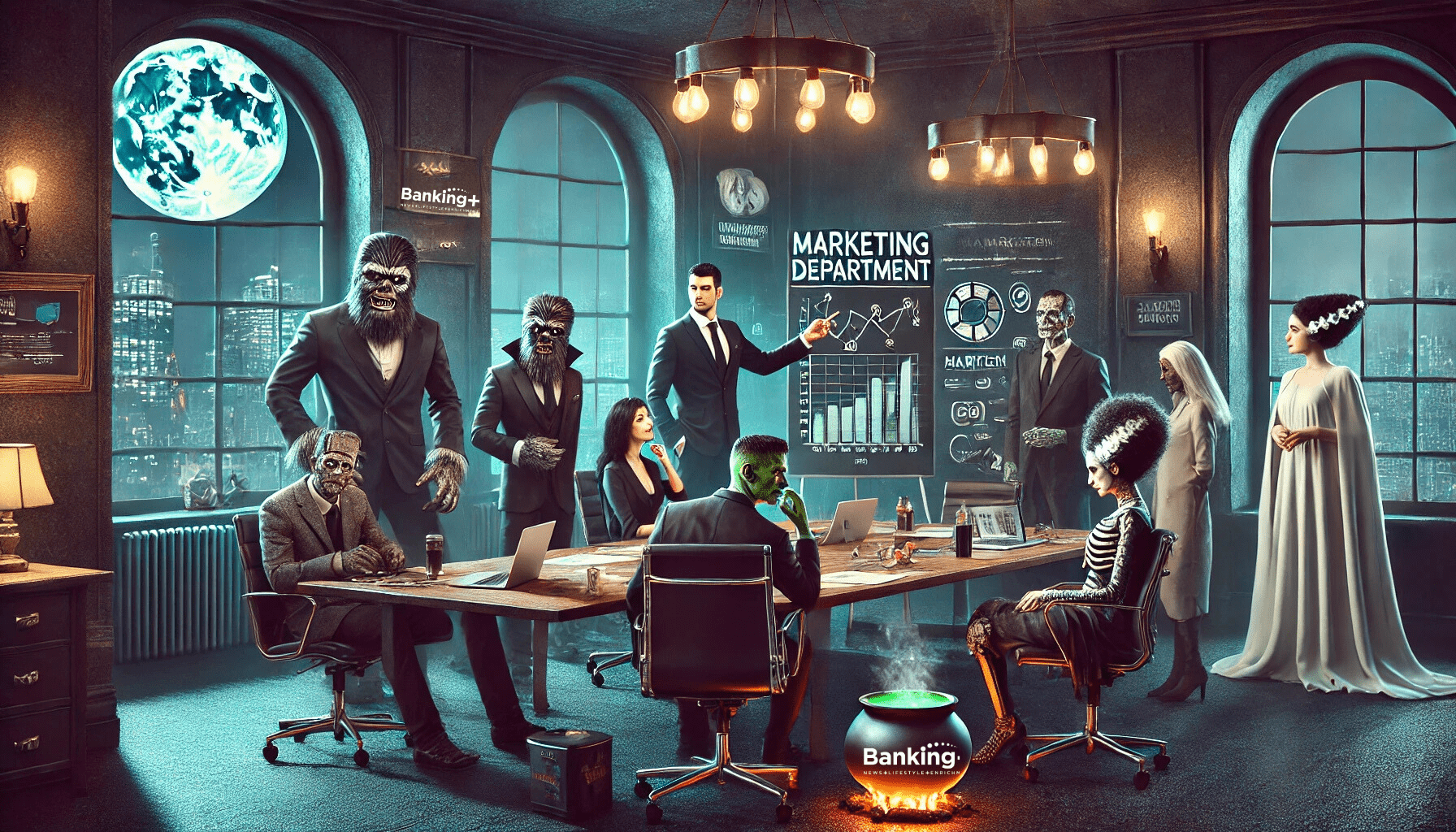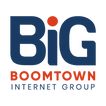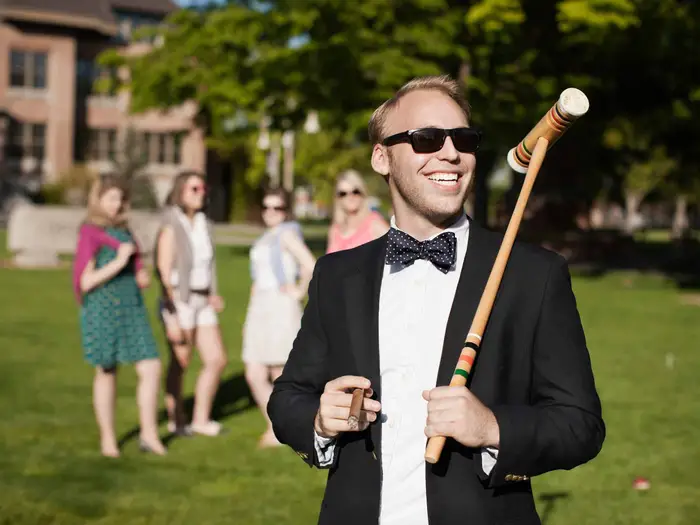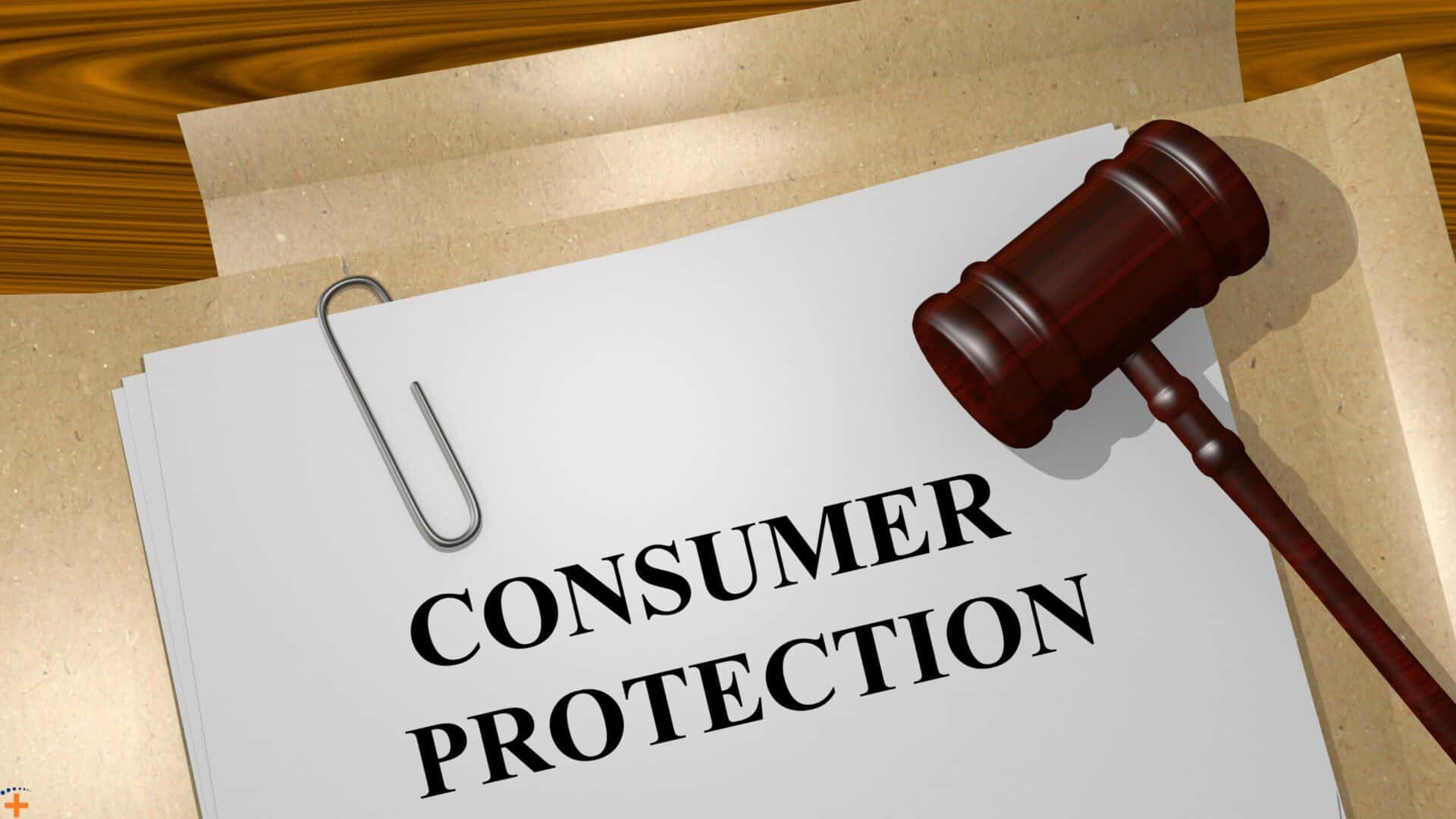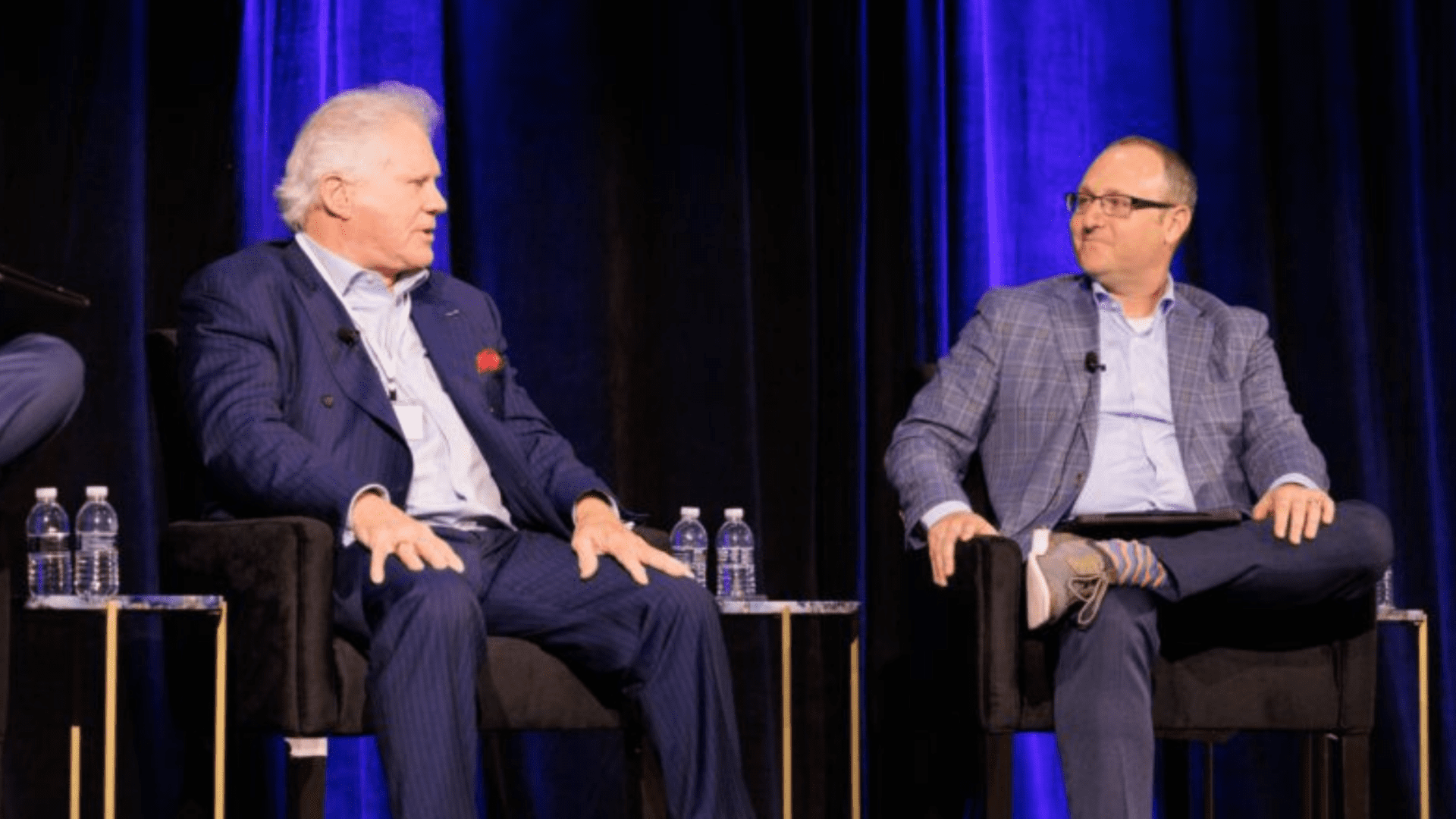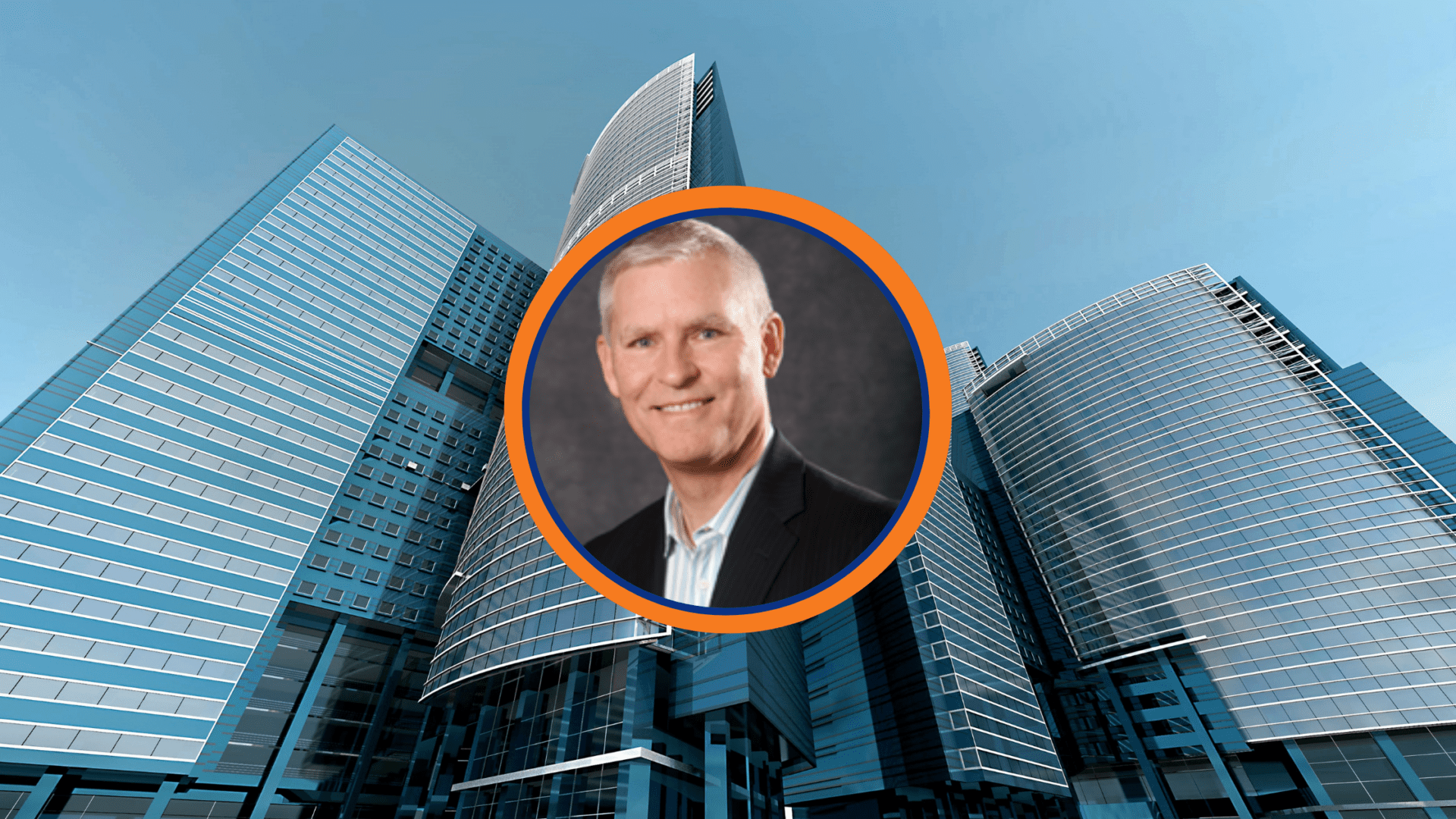1. Wells Fargo’s “Re-Established” Campaign (2018)
A Tone-Deaf Rebranding Attempt
When a bank endures several horrifying scandals (including fraudulent accounts), it’s advisable to retreat for a bit—like a vampire at dawn—before boldly stepping forth with a celebratory rebranding campaign.
Wells Fargo, however, had different plans. Just two years after a major scandal involving the creation of millions of ghost accounts, the bank rolled out its “Re-Established” campaign, declaring its rebirth.
The new identity, stitched together by an over-confident marketing department, became a shambling Frankenstein, reinforcing dubious business practices from the recent past.
Critics, including business magazine Fast Company, were quick to call out the tone-deaf approach, noting that “…the ads remind the public of why the brand needed to be reestablished in the first place.”
Even within the financial sector, there were murmurs that Wells Fargo had overplayed its hand, attempting to rebrand before truly regaining consumer trust.
Wells’ Fargo’s “Re-Established” ad (2018)
2. HSBC’s “Assume Nothing” (2009)
How a Simple Translation Error Cost HSBC Millions
Sometimes, a translation error can be catastrophic, a lesson evident in every Mummy movie, when unsuspecting explorers misread a hieroglyphic curse without realizing what they’re reviving.
In 2009, HSBC tried to take its successful U.S. campaign, “Assume Nothing,” global. The phrase, meant to convey the bank’s open-minded approach, was unfortunately mistranslated in several countries as “Do Nothing.”
To the surprise of no one, advising the customers of a financial services provider to idly address their financial resources didn’t instill a lot of confidence in HSBC. The mistranslation reportedly cost the bank $10 million to correct, as reported in Financial Times.
3. Bank of America’s #WhatWouldYouDo (2013)
A Social Media Horror Story in Bank Marketing
What could go wrong with a hashtag campaign designed to engage with customers and generate feel-good content? Bank of America found out when it launched #WhatWouldYouDo in 2013.
The hashtag, intended to elicit stories of random acts of kindness and community support, was immediately hijacked by social media users with grievances against the bank.
Rather than heartwarming tales of good deeds, the hashtag unleashed a monstrous number of complaints about Bank of America’s foreclosure practices, overdraft fees, and other controversies.
One Twitter user sarcastically asked, “What would you do… if Bank of America foreclosed on your house by mistake?” Another commented, “I’d probably try to open a new bank account—just not with you” (The New York Times).
The campaign became a textbook example of how brands need to be aware of their public image before launching open-ended social media strategies.
The HSBC and Bank of America programs was so heinous that all traces of them have been removed from the internet just like The Invisible Man (2020). If you find any images or videos of commercials related to this publicity effort, please send them to us!
4. NatWest’s “Helpful Banking” Campaign (2012)
IT Issues Undermine “Helpful Banking” Promise
NatWest’s “Helpful Banking” strategy initially seemed like a straightforward, customer-focused message. Promising improved customer service and transparency, it was a noble effort—until NatWest faced a massive IT meltdown that left millions of customers unable to access their accounts.
The timing of this ghost-in-the-machine glitch couldn’t have been worse. As The Guardian reported, the bank’s technical issues lasted for days, contradicting every promise the bank’s marketing campaign was trying to make.
Customers responded with fury, and the campaign quickly became a running joke, with many asking on social media: “How helpful is this?”
In the aftermath, NatWest not only had to deal with fixing its systems but also with rehabilitating its reputation from the double blow of poor service and an ironic marketing flop.
Nat West’s “Helpful Banking” Campaign (2012)
5. Barclays’ “Big” Campaign (2000)
A Big Misguided Bank Marketing Monster
Going back a bit further, Barclays tried to make a splash with its “Big” campaign in 2000. It included lavish advertisements featuring actor Anthony Hopkins (Hannibal Lecter himself) and the tagline “A Big Bank for Big Ambitions.”
Unfortunately, the only thing big about the campaign was the Godzilla-sized backlash it received.
At the time, Barclays had just closed hundreds of local branches and laid off thousands of staff members to cut costs. Customers were still reeling from the bank’s perceived indifference to their needs, and the “Big” campaign came off as insensitive and out of touch.
Barclay’s “Big” Campaign (2000)
A case-study analysis from Indian Media Studies illustrated that while Barclays was bragging about its global reach and ambitions, it had left its loyal customers in the dust. The campaign was quietly pulled, but the damage had been done.
Avoiding the Curse of Bad Bank Marketing Campaigns
If there are any takeaways from these ghoulish gaffes, these are some of the most compelling:
- Timing is everything. Launching a rebranding campaign too soon after a scandal, as Wells Fargo did, can backfire spectacularly.
- Understand cultural nuances and ensuring accurate translations. The implications of getting this detail wrong aren’t something HSBC’s marketing department is likely to forget soon.
- Social media can be both a blessing and a curse. Yes, it offers a way to connect directly with customers. But it also opens the door to public criticism, as Bank of America and NatWest learned, much to their chagrin.
Banking, after all, is about trust, and no amount of clever marketing can overshadow monstrous public relations decisions. With proper forethought, the specter of high-profile branding faux pas can be laid to rest forever and not rise—ghost-like from a crypt—to terrorize financial institutions again.
What do you think of our list of 5 horror stories in bank marketing? Did we miss any major bank marketing nightmares? Let us know!

